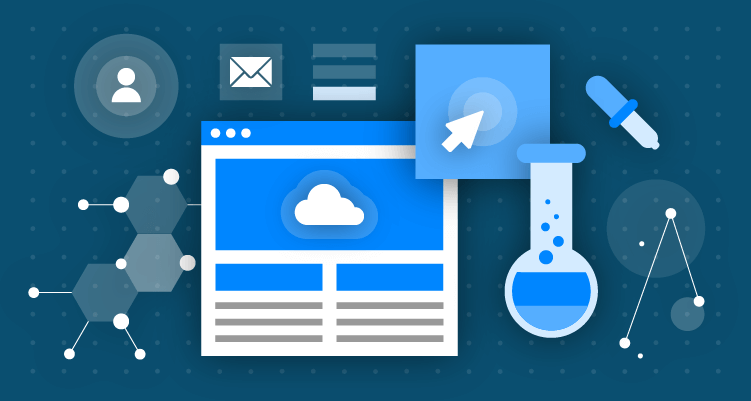
Software-as-a-Service (SaaS) marketers are among the world’s most talented. They need to be. The pressure to acquire and retain users is high—to put it mildly.
And when you’re a funded startup with investor pressure, as many are, this need to grow and sustain velocity can be yet more acute.
After all, SaaS has a unique character. As technical infrastructure gets standardized and integrations become easier, more and more tools are entering an already crowded marketplace. Marketing your software has always been a challenge, but this overcrowding makes it all the more difficult.
Pay-per-click is a clear and immediate route to market and a powerful weapon for growth marketers in the SaaS arena. Ads can be turned on and off overnight, and attribution can be shown clearly, provided you set up goals correctly. PPC also offers superior agility when paired with a landing page tool like Unbounce. And it works like a dream for anyone who takes an iterative testing approach.
But should you build a lead pipeline by targeting top-of-funnel prospects to nurture? Or should you be seeking direct signups to your product?
What’s the best way to set up a compelling offer for your SaaS PPC landing pages?
There’s certainly nuance here. Either approach can work, depending on your business. (You might even use both.) In this article, I’ll highlight lessons learned from real-world experience and show how to uncover the best approach for your SaaS enterprise.
Using SaaS PPC for Lead Nurturing
What does top-of-funnel lead nurturing for SaaS include, exactly?
Usually, it involves the paid promotion of content: either directly promoting gated content via landing pages or promoting blog posts with a specified CTA.
Unbounce users will be familiar with this strategy, no doubt. For example, we can spin up landing pages with forms that provide access to an ebook, guide, or white paper. These can then be supported by blog content published elsewhere, and you can build the sales funnel with nurturing in mind.
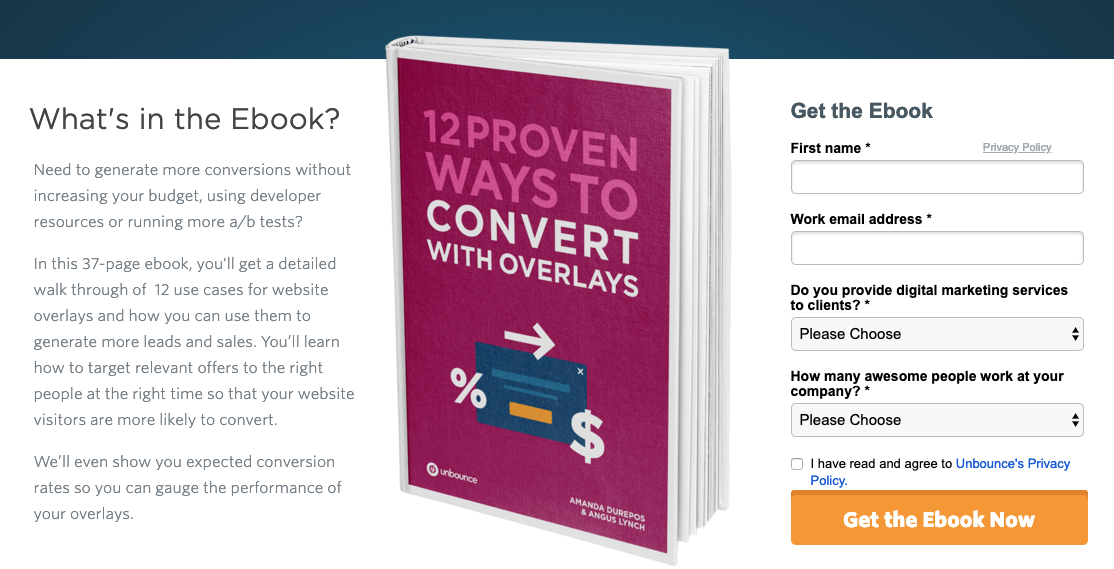
You could also offer a more interactive lead magnet, such as an online calculator, quiz, or survey. The trade-off is that people must supply their contact details to realize the value.
After our top-of-funnel prospect interacts with—or downloads—this gated content, we push a double opt-in (for GDPR) and feed the individual into an automated nurturing sequence (an email marketing journey). Most advanced SaaS brands optimize this journey according to pre-planned triggers and actions.
Ultimately, we want this prospect to register for a trial or buy a subscription. But we recognize that touchpoints must be created and optimized along the way.
Using SaaS PPC for Direct Signups
So, what does targeting direct signups look like?
Essentially, this means using PPC tactics to drive prospects directly to a product signup. Usually, this would also take place via a landing page, but the CTA is designed to get the prospect through the door and actively using the product.
There are a few models suitable for this purpose: free trial, freemium, and symbolic pricing.
Free Trial
A free trial is often for a limited period, commonly 30 days in the SaaS sphere. Essentially, you grant full access to the product (barring integration complexities), but people will need to upgrade to the subscription if they want to continue beyond this time.
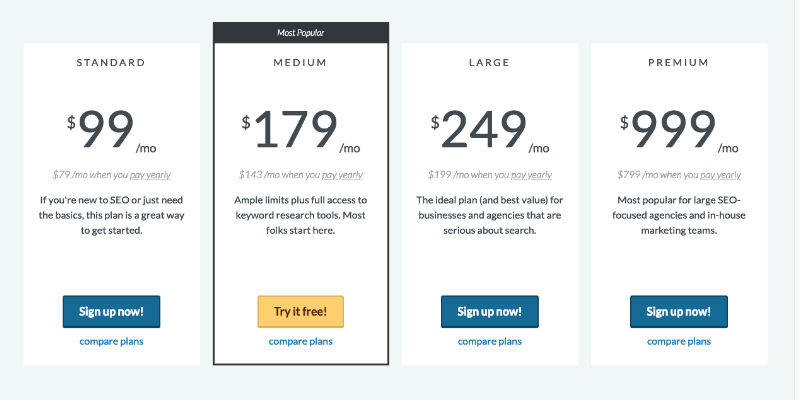
Freemium
The freemium model opens up a limited set of functionalities to the user. The prospect becomes an active user of this basic SaaS functionality and will upgrade for more advanced features.
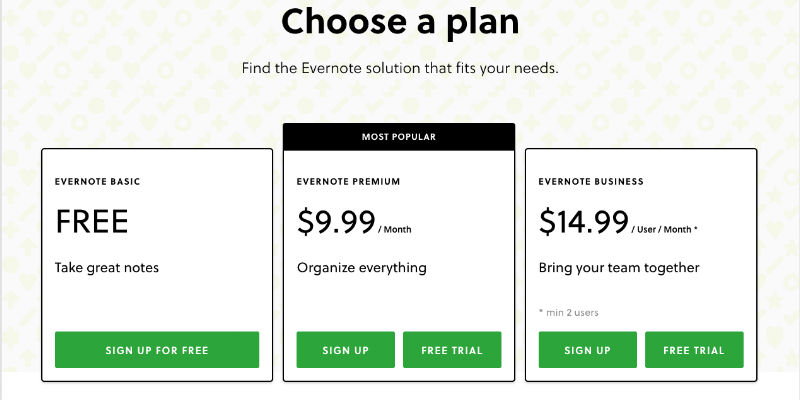
Symbolic Pricing
The symbolic pricing model is uncommon, but our friends over at Ahrefs use it. Their $7/week trial is a strong example of qualifying the commitment of their prospects while monetizing access to full functionality for a limited period. There’s a good chance that if someone isn’t willing to part with this small sum, they’re not a realistic prospect in the first place.
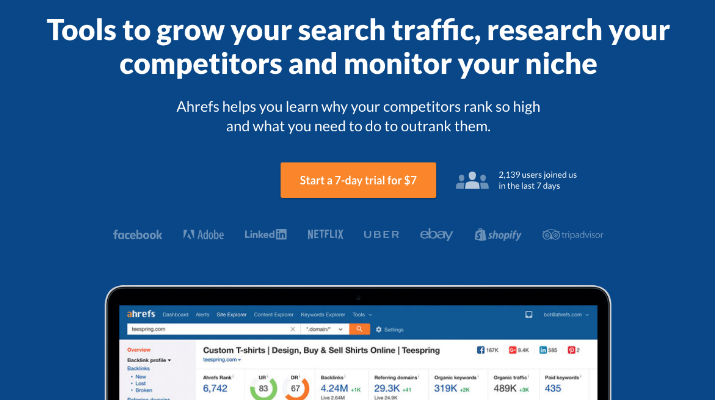
Nurturing sequences are not redundant with any of these approaches, but the tactics differ. Ultimately, for free trials and freemium signups, you want to shift them onto a paid plan. For the paid trial, you want to extend this to a full, long-term subscription.
Lead Nurture vs. Direct Signup: Which Is the Best Approach?
I’m a growth marketer who specializes in SaaS. My clients typically want to grow quickly, using a mix of paid and organic channels to acquire users. Once upon a time, I worked with a client on this very question: lead nurture versus direct signup. This problem still comes up regularly.
If only there were just one answer to this question, but a crucial part of SaaS growth marketing is to test different methodologies. This scientific approach is central to optimizing how, where, and when marketing budgets are spent. Gut instinct has its place, but data is king when the pressure to grow is high.
One recent example shows this in action. In this particular scenario, the insights were very telling and allowed us to double-down on the most efficient setup. We set out two campaigns with two distinct landing pages. One prompted the visitor to download an ebook, and the other encouraged a direct signup to the platform’s free trial.
While both PPC campaigns had high conversion rates due to relevant content-audience match, the lead-to-signup rate for the ebook downloaders stood at about 10%. Adding this extra step into the funnel resulted in a 90% drop-off. As a result, this cost per acquisition (CPA) was 15 times higher compared to the direct signup model:

With a simple product and the low barrier to entry, my client’s prospects were ready to sign up to experience the product without the need for extra nurturing.
The lesson here is that without testing, you won’t know which is the best approach.
But there is a rule-of-thumb that we can pull from this example:
- If your product is simple with super easy setup and low energy commitment, aim for direct acquisition and use supporting content for activation and retention.
- If your product is complex and demands more from the user to access an account, then there’s merit to using acquisition tactics further down the funnel.
Is there an argument for using both lead nurturing and direct signups simultaneously? Well, if you have distinct target personas for your product, or offer different hooks for each software feature, maybe a combined approach should be on your radar.
Quick Tips for SaaS PPC marketers
With the above in mind, you want to apply the best possible tactics for each approach during your testing phase and beyond. With a half-baked or misguided attempt at either (or both), the results won’t be robust, and you won’t be able to make a decision to choose lead nurture or direct signup.
So, here are six actionable pieces of advice for better SaaS PPC that come from my experience working with SaaS PPC.
Tip 1: Target competitor brand terms
Marketers often miss this low-hanging fruit. You can build a comparison landing page, or discuss why your product is a better alternative. You might also want to be provocative here, but be prepared for the resulting war!
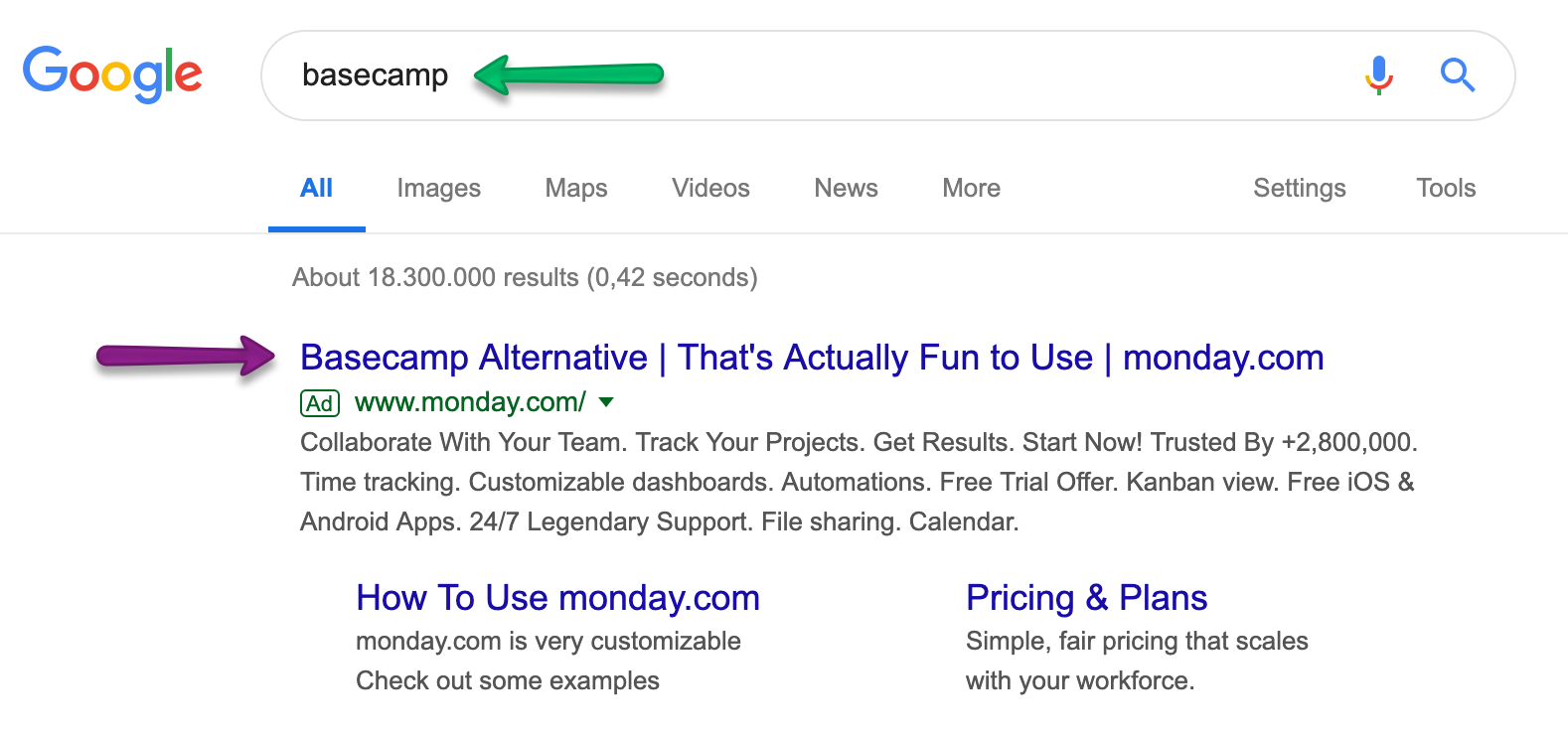
Tip 2: Adjust campaigns to match the funnel stage
Different keywords denote different buying intent. Bear this in mind when designing campaign structure and budget allocations. For example, a comparison search (“tool X vs. tool Y”) comes earlier in the buyer journey than a pricing search (“tool X pricing”).
Tip 3: Build audiences based on existing users
Ideally, you would segment users based on their usage, and create separate lookalike audiences based on each segment. However, this is only really applicable if you already have a large user base.
Tip 4: Align with the product team
Work closely to understand the benefits of the product and the pain points that it addresses. You want your SaaS PPC campaigns to reflect the product’s capabilities. Don’t write cheques that your product can’t cash, and always address the major pain points for each persona. You must use this information on landing pages and in ad creative.
Tip 5: Adjust campaigns to reflect the overall goal
If your goal is profitability, work towards a CPA that’s lower than the customer’s lifetime value. If your goal is maximum growth, you can acquire users at a loss for a longer time (assuming you can afford this).
Tip 6: Measure campaign effectiveness down the funnel
Don’t just focus on signups. You don’t want to be acquiring prospects who aren’t engaging with your product. Activation and retention metrics per campaign show whether your campaigns are producing the desired result.
As Brian Clark at Copyblogger outlines, you have five different types of prospects to target with your PPC campaigns: the most aware, the product-aware, the solution-aware, the problem-aware, and the completely unaware. You can zone in on these five, in the context of your audience and product.
Of course, for any successful PPC campaign, you will need to sell the benefits of your software in a single page. Test, optimize, and improve (iteratively) your landing page design, structure, visuals, and copy as you gather more data.
In Conclusion…
Naturally, when we talk about SaaS growth, there’s a lot to consider. And, from onboarding journeys to in-product messaging and more, there’s a lot that needs to be optimized.
With regards to PPC for SaaS, the most important lesson is to test, test, test.
Some of my clients profit from lead nurturing, and some achieve great things with direct signups. Your positioning, product, and audience will determine which is most suitable for your business. However you define your approach, focus on the long-term user engagement and attribution metrics to your specific campaigns.
Via Marketing http://www.rssmix.com/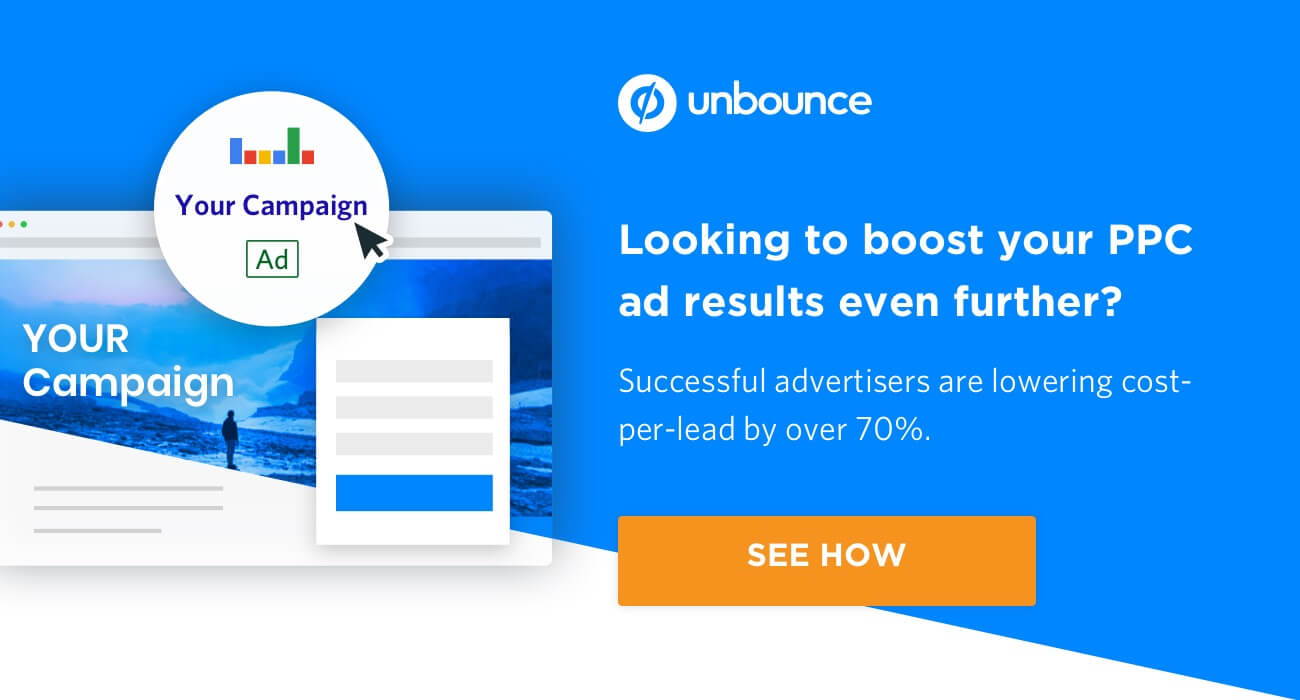
No comments:
Post a Comment